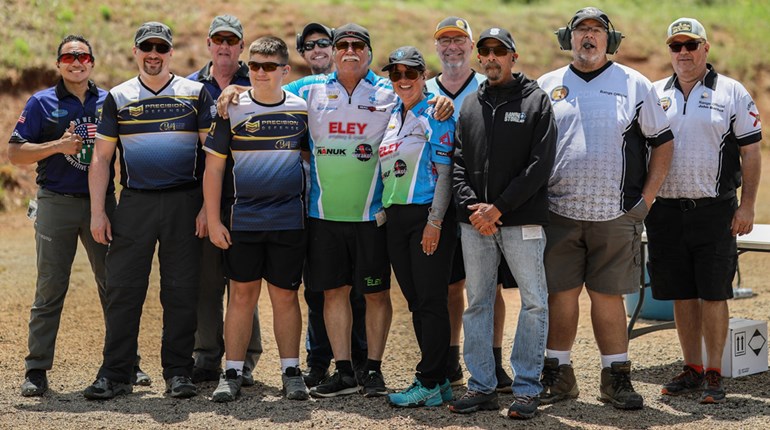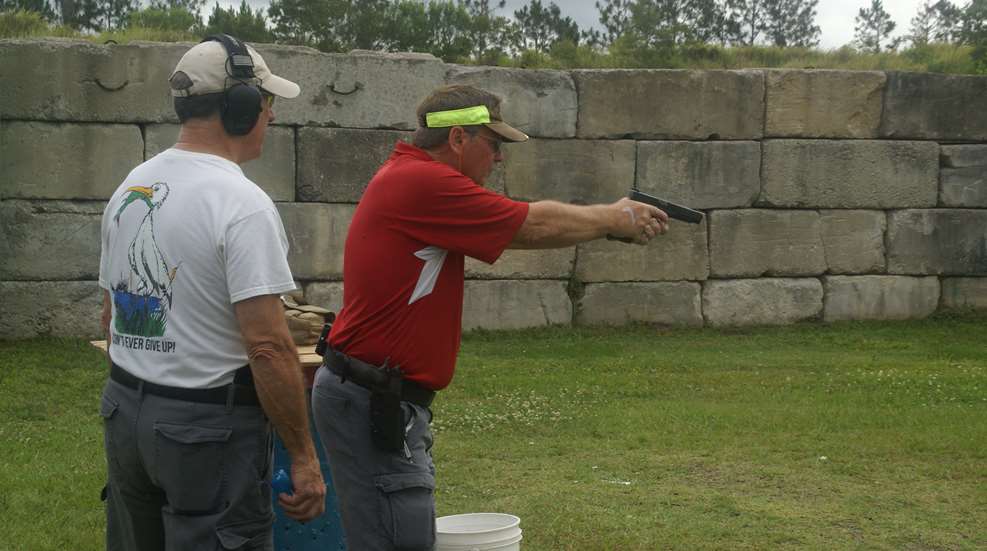
Introduced in the mid-1980s, the innovative polymer-frame Glock G17 semi-automatic pistol was a ground-breaking engineering feat that launched Glock as a firearms maker. But Glock didn’t stop there.
Over lunch in Smyrna, Ga., many years back, when Glock was introducing the new G26, G27, G28 and G29 pistols, I asked Gaston Glock why he was introducing new models. He shrugged his shoulders and said, “My people keep telling me to make more models. Smaller, and bigger, and different calibers. It’s keeping me busy.”
Busy indeed. From its G17 beginnings, Glock now offers one of the largest and most diverse selections of semi-automatic handguns in the industry. The current catalog shows 74 different civilian models including .22 LR, .380, 9 mm, .357 SIG, ,40 S&W, .45 ACP, .45 GAP and even the bearstopping 10 mm.
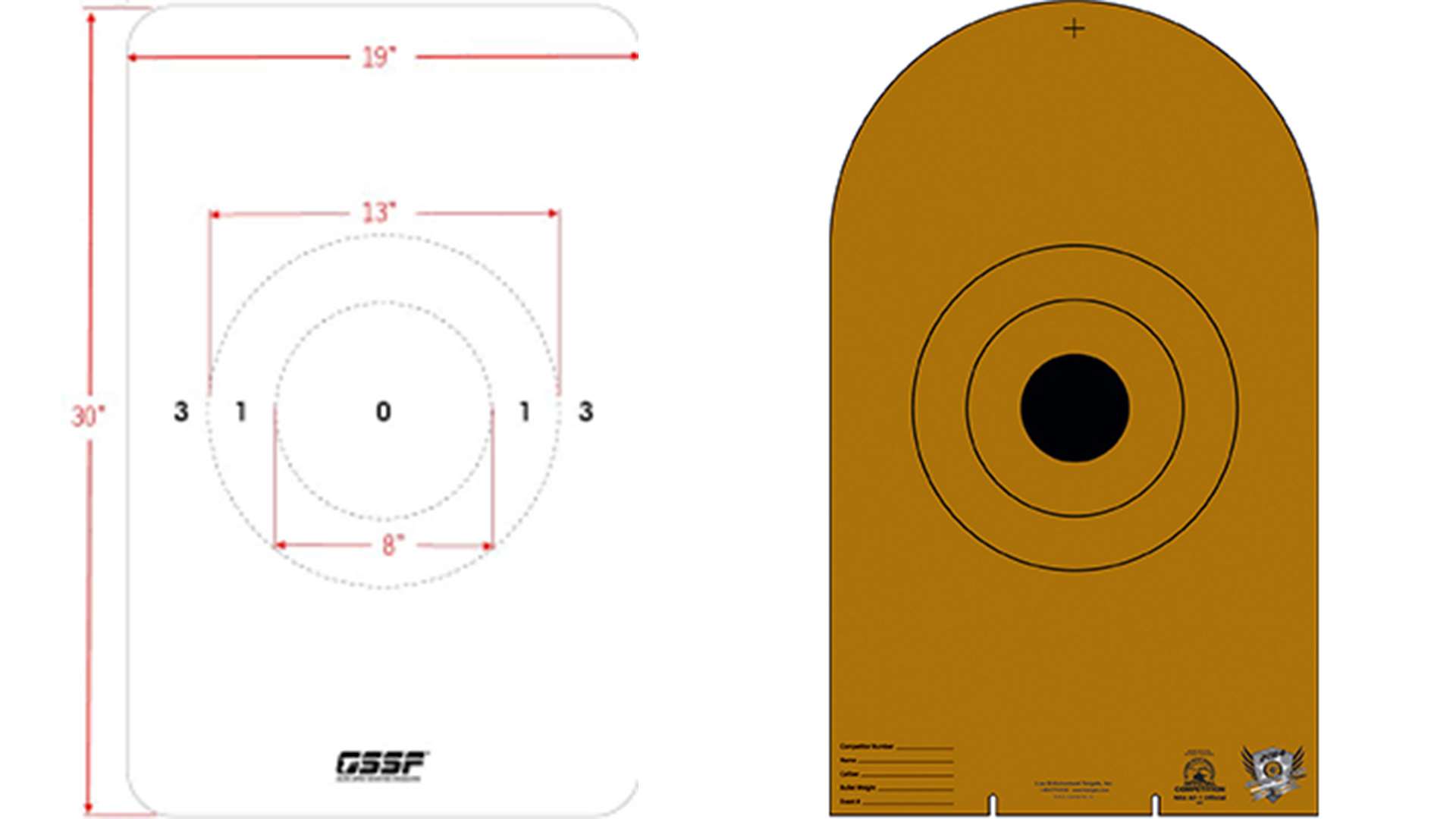
That’s a lot of handguns. And while some models show up regularly in the various action shooting sports, not all do. Glock’s answer was to create their own competitive organization where all could be used.
The Glock Shooting Sports Foundation (GSSF) offers sanctioned matches across the United States. Unlike other organizations there are no individual performance shooter classifications (such as Grand Master, Master, A and B, etc., as in USPSA). Instead, shooters are placed in different shooter categories.
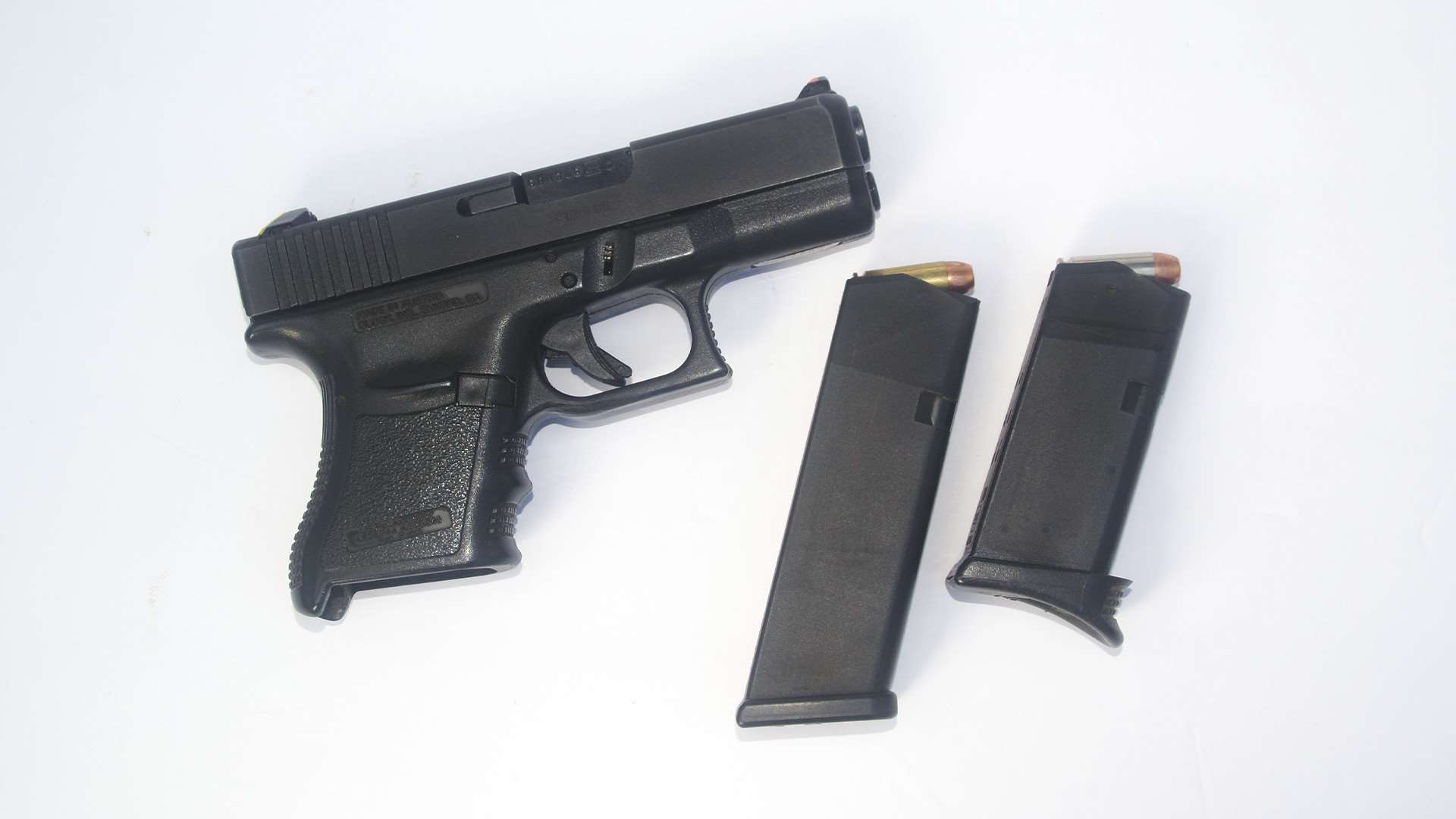
Master is for professional shooters, or those who are classified that by another organization, or who have achieved a Top 25 finish at a state or national championship, or members of a U.S. military shooting team. Guardian is reserved for military of law enforcement members. Civilian and Amateur covers the rest. Those unsure of their classification can have it determined at a match.
Membership in GSSF is required. Those have been granted in multiple ways during past years, but current new annual memberships run from $25 to $35 (depending on shooter category) or a $90 family membership. Longer term memberships are available and membership information can be found at gssf.pro.
GSSF sanctioned matches can be prize-rich affairs consisting of both cash and Glock firearms. These are awarded via shooter categories within the many gun divisions, individual performance awards, Lady and Junior, plus random awards.
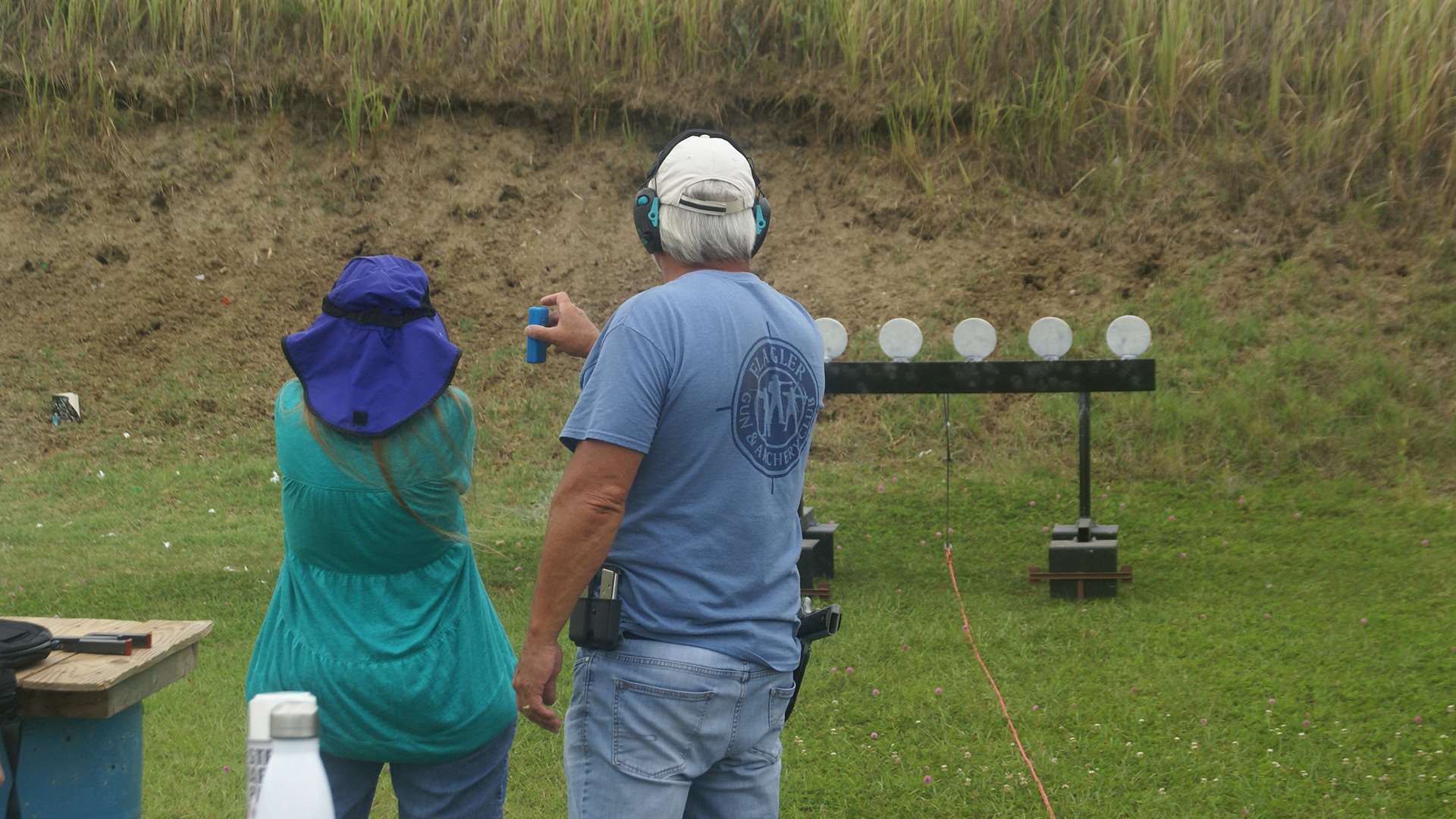
GUN DIVISIONS
Shooters in a GSSF sanctioned match must shoot a Glock handgun. But virtually any Glock can compete due to multiple gun divisions that keep “like” guns shooting against “like” guns.
Stock: This is a basic iron-sighted gun in calibers 9 mm or larger. Allowable guns are the G17, G19, G19X, G20, G21, G22, G23, G26, G27, G28, G30, G31, G32, G37, G38, G39, G43, G45, G46, G47 and G48. Additionally, the factory compensated models G17C, G19C, G20C, G21C, G23C, G31C and G32C can be used if the compensated barrel is replaced with a Glock factory non-comp barrel. Although the division is “stock,” there are some allowable modifications. Most noteworthy are aftermarket sights in a postand- notch pattern, including fiber optics, and grip sleeves or skateboard tape.
Subcompact: Although some of these guns are allowed in Stock, this division gives the G26, G27, G28, G29, G30, G33, G39 and G43 a place of their own to compete against compact guns of the same size. The allowable modifications are similar to Stock division.
Heavy Metal: This division is open to the G20, G21, G29, G30, G37 and noncompensated models of the G38 and G39.
Unlimited: This division is intended to allow Stock guns that have modifications not allowed in that division to compete in their own division. The G36, G42, G43 and G44 are excluded from this division.
Rimfire: This division is for the G44 .22 LR and is shot with iron sights only.
MOS: This division allows Glock guns with the Modular Optic System to compete with a red-dot sight installed—effectively making them Carry Optics.
Glock Girls: This division is for female competitors only and allows them to compete with virtually all Glock handguns using iron sights, including comped models. The only guns excluded from this division are the G36, G42, G43 and G49.
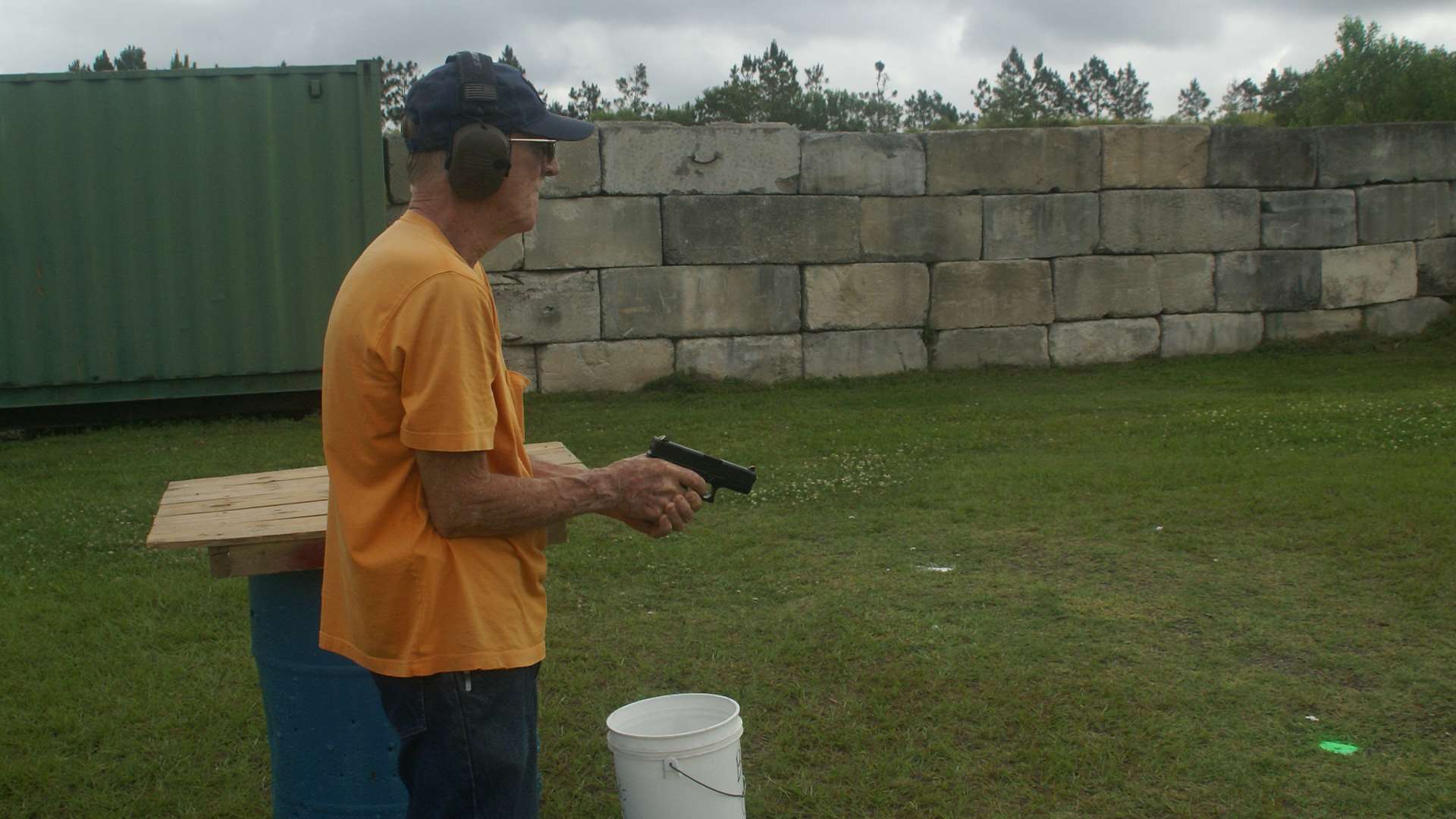
The above divisions will begin each string with 11 rounds in the gun, and subcompact pistols can use standard Glock magazines for their larger counterparts to reach that capacity. Major subcompact and Pocket divisions change that.
Major Subcompact: This division allows the G29, G30, G36 and G39 with iron sights. They begin each string with only seven rounds loaded.
Pocket Division: This allows the “pocketsized” G42 and G43, with iron sights. They also load only seven rounds. Unlike some other action competitions,
GSSF has no Power Factor requirements. Handloaded ammunition is permitted (although Glock recommends against it), which can allow shooters to produce lighterrecoiling loads than factory fodder. If the load is accurate and reliable it’s good to go. However, with knock down steel targets in the mix, shooters are wise to avoid loading too lightly.
Sanctioned GSSF matches require a Glock pistol be used. But the match format has become popular enough that many clubs will run “GSSF-style” matches. They use the same targets, stages and rules, but don’t require Glock guns be used, or a GSSF membership. Most that I have experienced will loosely follow Glock gun division rules and include Stock, Pocket and MOS-type guns in Carry Optics. I have also seen clubs that had a strong USPSA/Steel Challenge base allow fullbore Open Class guns with comps and red-dot sights, along with rimfire pistols in iron and optical sight divisions. One club even included revolvers, using the same target scoring as Pocket and Major Subcompact divisions.
Whether it’s a sanctioned GSSF match, or a club-level “GSSF style” match, I’ve found them to be fun to shoot.
TARGETS AND SCORING
GSSF matches are scored with electronic timers in the time plus down point format. The time it takes a shooter on each string is recorded. The targets are then scored after the stage strings are completed and the down points are added to that time for a final stage score. Shooters will see a mix of paper and steel targets. The two commonly used paper targets are the Glock AC-1 and the NRA D-1. Both feature an eight-inch center circle that scores zero down points. A circle surrounds that (13 inches on the AC-1 and 12 inches on the D-1) that adds one second, while any other hit adds three seconds. A target miss is 10 seconds. All paper targets are shot “Limited,” meaning a specified number of hits only. Extra hits are a 10-second penalty. Two hits on paper targets are required for 11-shot guns, with a single hit needed for the seven-shot guns.
Steel targets may be a six-plate rack, or individual poppers. They may be set to fall, or not. If set to fall the Rimfire and Pocket divisions don’t need to drop them. A hit that touches any portion of the front surface of the plate will suffice for them. A missed steel target earns a 10-second penalty. While paper targets are shot “Limited,” steel targets may be engaged until hit, or until the shooter empties their magazine. Reloading during a string of fire is not allowed in GSSF. Shooters will begin and end each string with their original seven- or 11-round loadout.
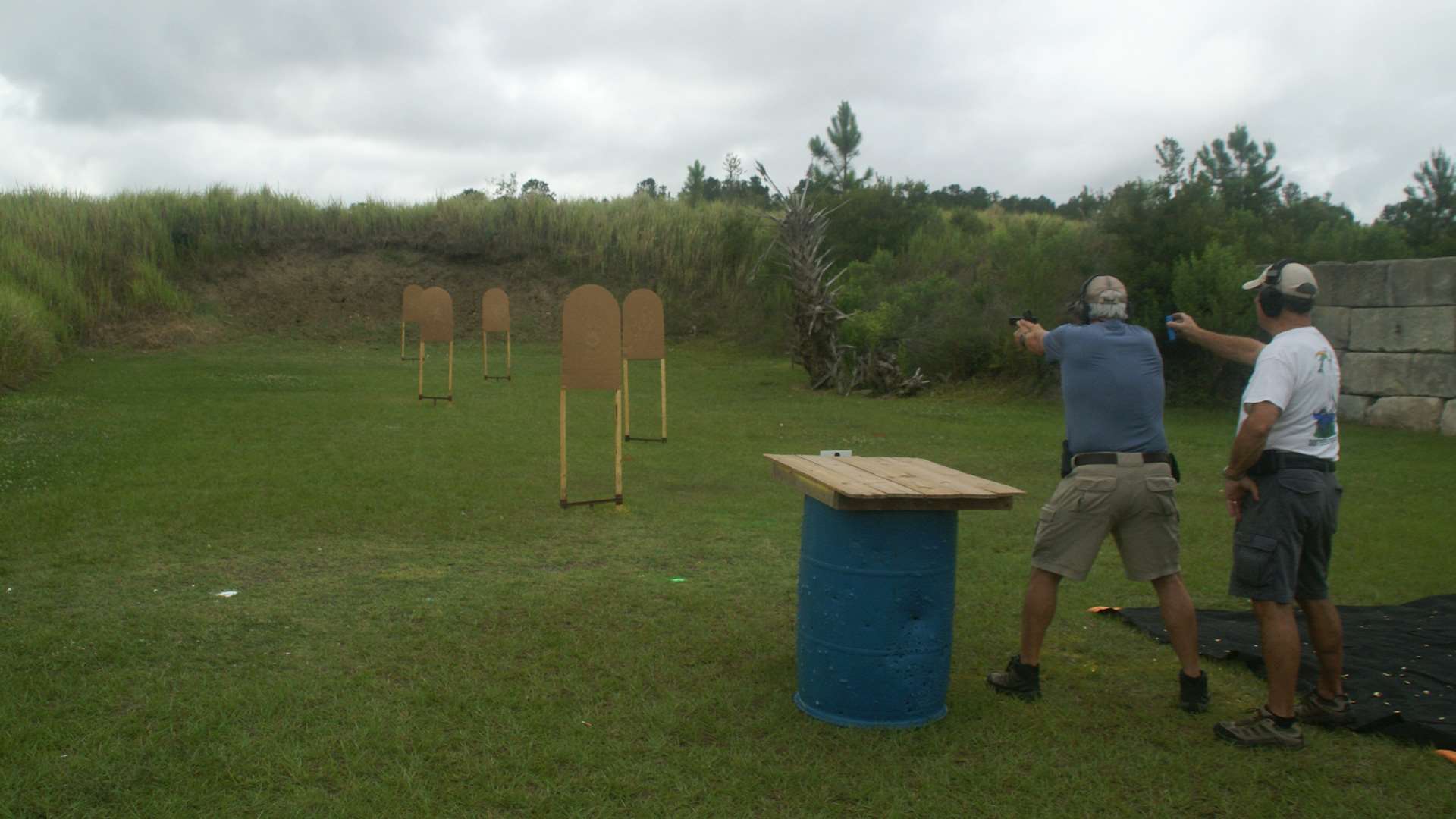
The target arrays will be presented in three different stages, and there is no specified order in which the targets must be shot. They may be engaged in any order the shooter chooses.
Five To Glock: Five paper targets will be set in one of eight possible arrays that may be horizontally or vertically aligned. The furthest target will be 25 yards while the closest target can be between five and 10 yards. Three strings are fired and 30 rounds are scored (six rounds per target for 11- shot guns) and 15 rounds (three rounds per target) for seven-shot guns.
Glock M: This has four paper targets and one or three steel poppers. Three strings are fired. The same target distances as Five To Glock apply. Paper targets are engaged with the required Limited rounds (two rounds for 11-shot guns and one round for seven-shot divisions) while steel may be engaged until hit. When three poppers are used, only one popper is hit on each of the three strings. A single popper will be set not to fall and must be hit on each string.
Glock The Plates: This is normally a six-plate rack with eight-inch plates and will be set no closer than 11 yards. Four strings are fired. A club lacking a plate rack may use a paper option (which Glock notes is a “Last Resort”). With this, five paper targets will be set in a horizontal line with the middle target inverted. That target will be hit with one round, while the remaining four will be one or two rounds depending upon gun division. Paper target down point scoring will apply here.
A GSSF sanctioned match will shoot each of these three stages one time each, with a minimum round count of less than 100 rounds and can easily be completed in a single day.
STAGE PROCEDURES
The Glock range procedures are simple. All shooting is done from a single shooting box set at the center line of the targets. A table is provided for shooters to lay out their gear while in the box. Shooters may not step into the box until directed by the Range Officer.
The single shooting box requires no shooter movement during any stage in a GSSF match. Everything is shot from one position. That makes GSSF popular with older shooters. It’s also beneficial to new action shooters (especially juniors) since it allows them to develop their basic shooting skills before they have to go shopping for track shoes and practicing reloads on the move while hitting multiple shooting positions precisely.
Shooters may bring their gun to the shooting box in a bag, box, backpack or in a holster with the gun’s slide locked back. But, unlike other action competitions, the holster plays no further role. There is no drawing from a holster in GSSF. All strings of fire will begin from one of two approved Low Ready positions, with the shooter’s trigger finger outside the trigger guard until the buzzer sounds.
One position is the traditional Low Ready which has the arms fully extended and pointing at a 45-degree downward angle. The second is the Compressed Ready (often called the Guardian Position and taught by many self-defense instructors). This has the gun gripped with both hands but pulled into the lower torso with the forearms touching the ribs, and the gun pointed slightly down. Some shooters feel this position makes for a faster, more positive presentation to the first target, since it is punched to the target instead of being swung up to it.
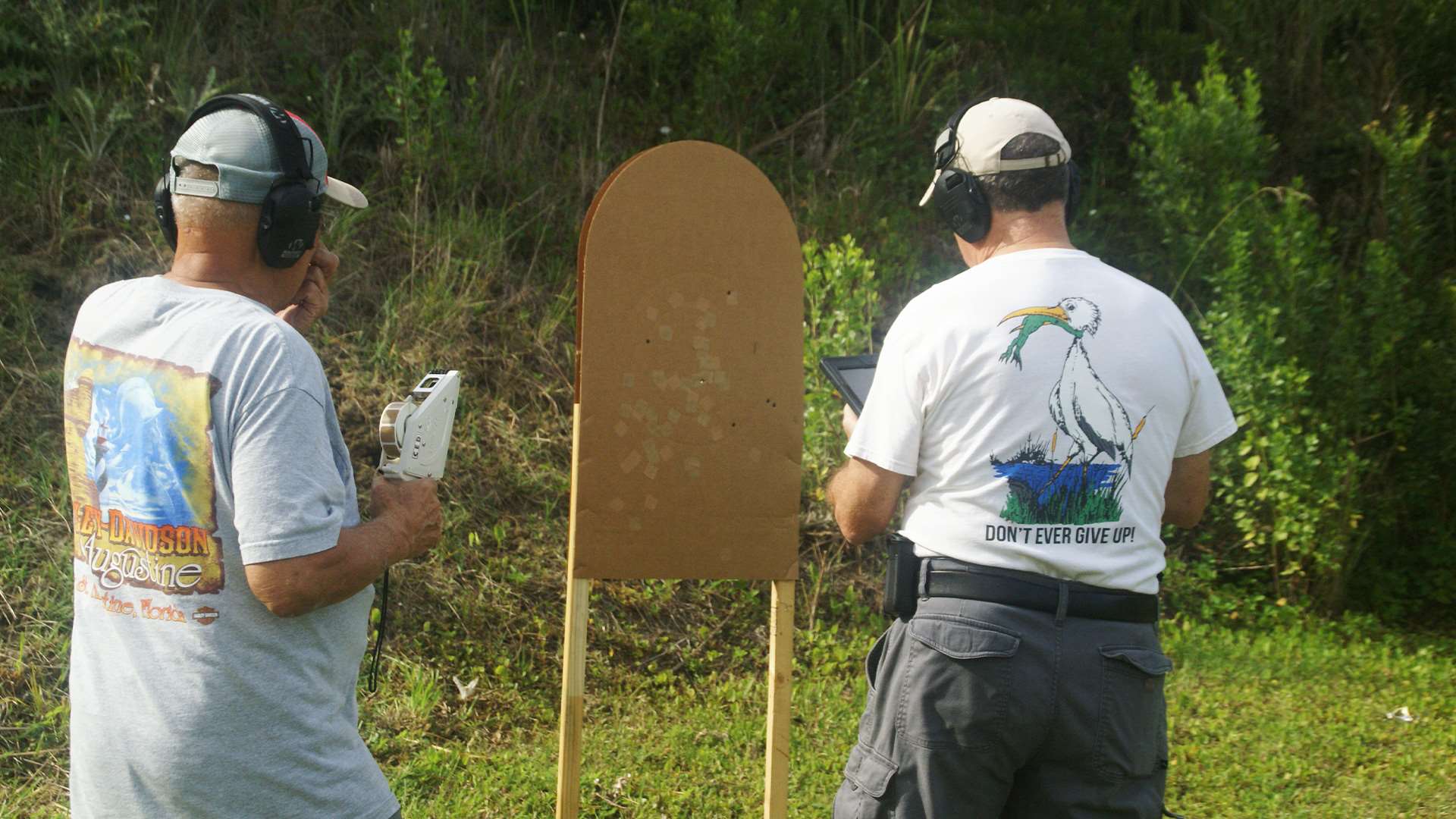
Those guns in divisions that require either seven- or 11-round initial loads but lack magazines that can make that capacity are allowed to use a “Barney mag” to load one round, then remove that mag, and insert their regular mag to bring their gun to the proper capacity for the division.
If a shooter has a gun or ammo malfunction (failure to eject, dead primer, double feed, etc.) they may be given one re-shoot. The target arrays and range procedures make shooting a GSSF match a simple affair. Scoring well, however, is not quite as simple. The time plus down point scoring system demands a blend of speed and accuracy. But some shooters tend to place far more emphasis on the time part than the down points part. This hurts in GSSF, since the down points can be quite brutal.
It doesn’t take much sight misalignment, or a sudden burst of ‘Go Too Fast,” to turn a zero into a three-second penalty, or even a 10-second miss. It makes little sense to run a paper target stage string in five-seconds, and wind up with five or six down points. And then do the same thing on next two strings. As Border Patrol veteran, Bill Jordan, noted in is classic book “No Second Place Winner” —“Speed’s fine, but accuracy is final.” That certainly applies to GSSF scoring, and a recent local GSSF-style match I shot is a good example.
Like a sanctioned match, we shot each of the three GSSF stages one time each for 10 strings of fire and a minimum round count of 84 (54 for seven-shot divisions). I won Stock and finished fourth overall behind three shooters who, as this match allowed, were shooting rimfire pistols with reflex sights. My score was 93.99 with 15 down points. Subtracting my down points to show my raw time and then looking at each stage showed I was running Glock The Plates at a 5.6-second pace per string. The two paper target stages averaged about nine seconds per string. That’s certainly not fast. But my small number of down points was critical. The only shooter who had fewer down points was the first-place match winner.
The runner-up in Stock division was three seconds behind me but had 20 down points. That extra five-seconds made the difference. Looking further, I found two shooters that I know to be B and A Class Steel Challenge Open shooters who were using their Open division guns. Their scores were a touch more than 98 seconds. But one had 33 down points and the other had 45. Subtracting those showed they were averaging strings in the five second range. But, speed couldn’t overcome their down points.
When it comes to GSSF competition speed may be fine, but accuracy is certainly final.
Go to gssf.pro learn more about the Glock Shooting Sports Foundation.














